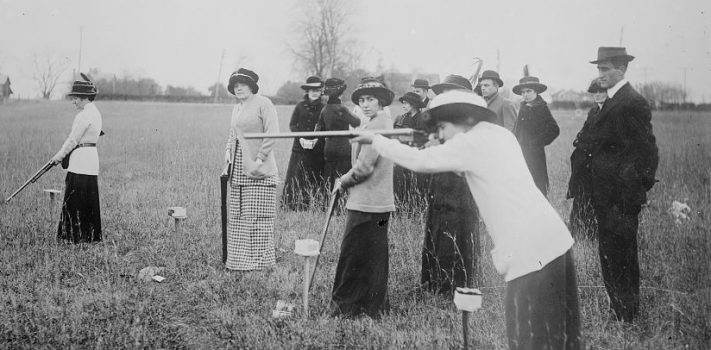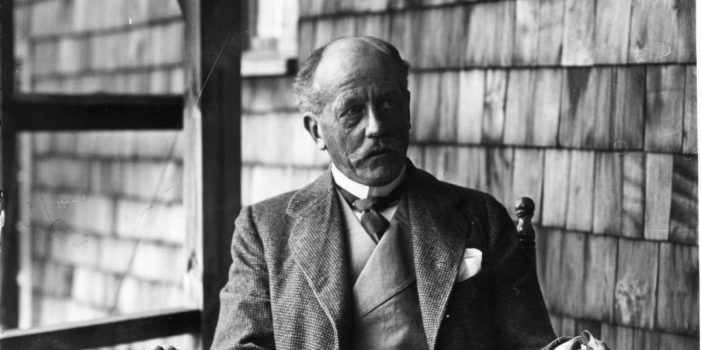This past week Florida Governor Rick Scott, a Republican, signed a new Florida “school-safety” bill that bans bump stocks, extends a three-day waiting period for handgun purchases to include long guns, and raises the minimum age to buy long guns from 18 to 21. This was all in response to the Marjory Stoneman Douglas High School shooting in Parkland, Florida on February 14, 2018.
Wouldn’t Have Believed Gun-Friendly Florida To Enact Restrictive Legislation
If you had told me years ago that a state like Florida with “gun-friendly Republican lawmakers” would enact such legislation, I would not have believed you. Since you already needed to be at least 21 to buy a handgun in Florida, the most intolerable part of this law is the fact that you now have to wait until you are 21 to buy any firearm in Florida. Apparently, at eighteen, you are considered enough of an adult to be drafted into military service and sent halfway around the world to die in service to your country, but you are not enough of an adult to have full Constitutionally guaranteed rights at home.
A Lot of Us Have Rested On Our Laurels
Since Trump got elected, a lot of us have started to rest on our laurels. Many were so relieved that Hillary Clinton wasn’t president that they thought they deserved a vacation. I wasn’t one of those people. You see, I live in the Peoples Republic of Corrupticut. I live in the state where the Sandy Hook Elementary School massacre took place on December 14, 2012.
Media Blitz Leftists Ran Against Gun Owners in Corrupticut After Sandy Hook
You would not believe the one-sided media blitz that the Leftists ran against guns and gun owners in this state. When the Sandy Hook tragedy occurred, Corrupticut already had in place a state law that partly emulated the Clinton assault weapons ban that the rest of the country discarded in 2004. We were already severely restricted in 2012, as to what guns we could buy. But it wasn’t enough for our Democrat-dominated legislature and Democrat Governor Dannel Malloy.
Continue reading“Florida Gun Owners, I Feel Your Pain, by Swamp Cracker Yankee”













